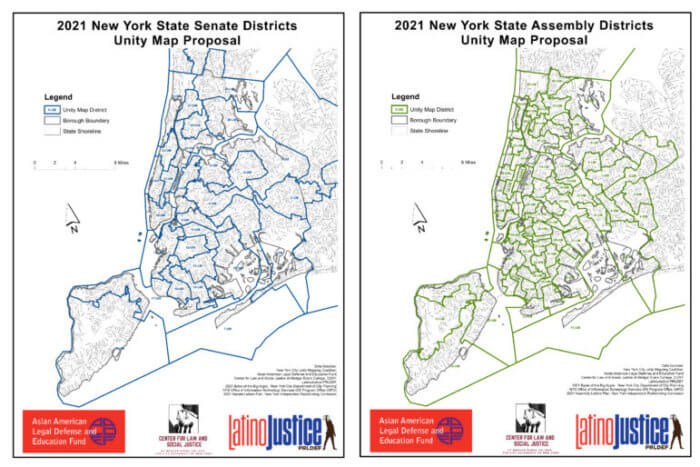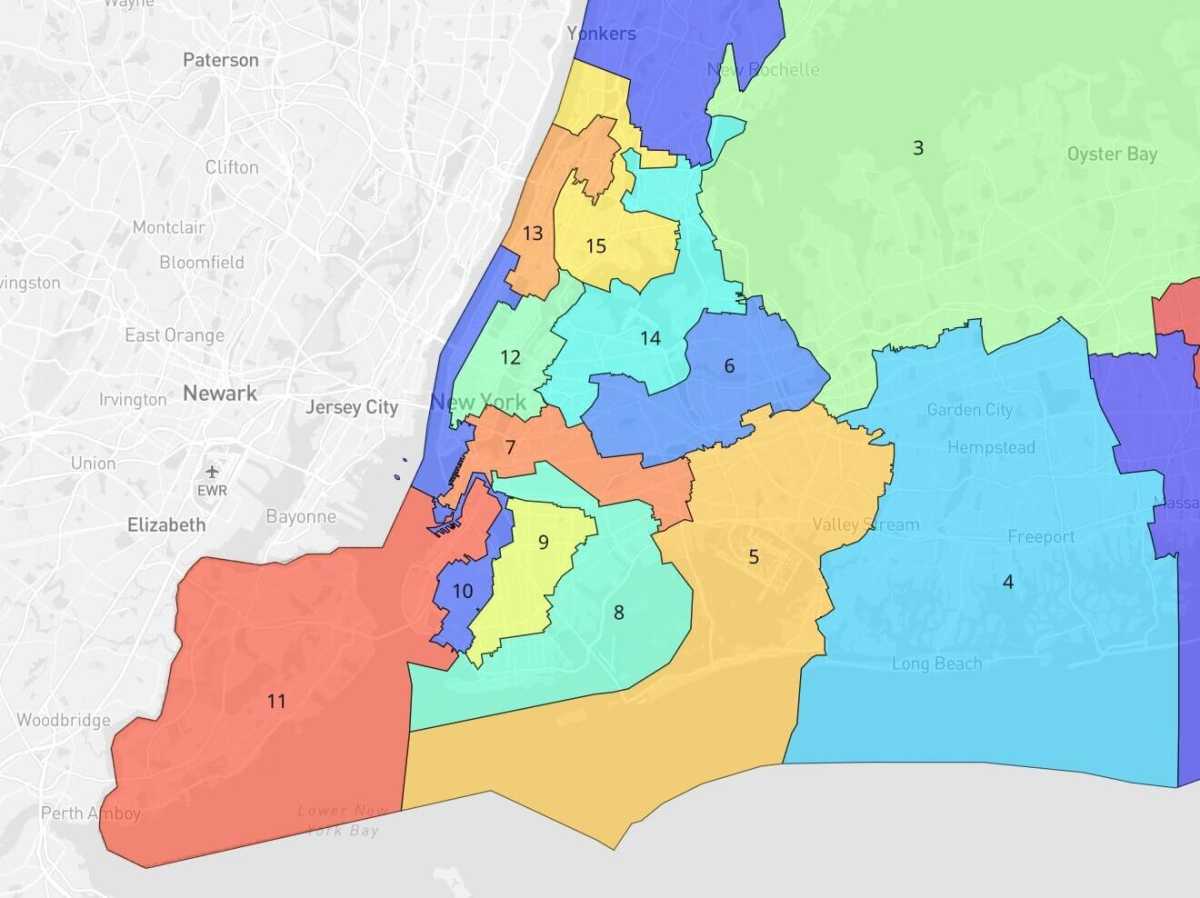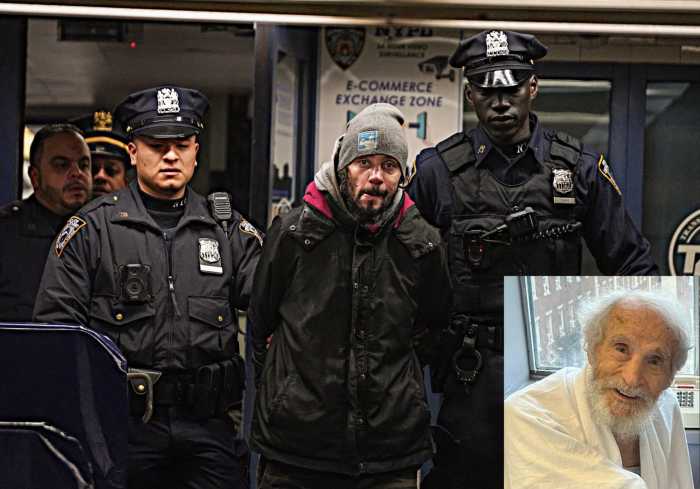The 2020 census showed a changing demographic in the Bronx. According to that census data, New York’s Hispanic population not only grew — the group makes up 28.3% of the New York City’s population — but became the predominate racial group in the Bronx at a 54.8% clip.
However, advocates say that new maps for the state’s congressional and legislative districts — which give Democrats a heavy political advantage and was signed into law by Democratic Gov. Kathy Hochul on Thursday — do not reflect the growing Latino or minority presence in the borough.
New York City will gain two new state Senate seats in 2023 under the redrawn district lines by Democratic lawmakers.
“Gerrymandering is great for politicians, bad for voters,” said Karen Young, redistricting with #DrawDemocracy. “No matter which party they belong to, when politicians are in charge of drawing lines, they will draw them for partisan advantage, incumbent protection, and making insurgents in their own party more vulnerable – not for fair representation of communities. The fact that if the Redistricting Commission deadlocked, the power would go back to the Legislature, just about guaranteed that the deadlock would happen.”
“In terms of the process, we’re disappointed and it’s clear the desire of New Yorkers across the state was for a nonpartisan process and what we saw was the opposite of that, ” said Cezar Ruiz, an EqualJustice Works legal fellow with LatinoJustice. “In terms of the map, as a nonpartisan advocacy organization, we feel this is a missed opportunity for the legislature to meaningfully account for Latino growth over the past decade.
The state’s Legislature approved the new maps on Wednesday, along party lines, after the New York Independent Redistricting Commission — an independent bipartisan board tasked with the mapmaking process — forwarded the plans to state lawmakers last week after Democrats and Republicans on the panel failed to reach consensus. In the new map, Democrats are the majority in 22 of the state’s 26 congressional districts.
Advocates point to a loss of Hispanic voting power in the newly-drawn state Senate District 36 — which incorporates the Pelham, Middletown, City Island and Throggs Neck sections — as a disappointment. LatinoJustice, along with two other civil rights groups created the “Unity Map” to produce state Senate and Assembly districts that preserved a community’s political power.

Additionally, Ruiz said that the group is still analyzing the impact of the new congressional and state Assembly districts, but on the surface, a redistricting process that was supposed to be different from decades of racial and political gerrymandering, ultimately maintained the status quo.
“We thought we would see some shifts in the borough to account (for the growth of 65,000 Latinos) but we didn’t see any,” said Ruiz. “It was more of the status quo throughout the borough, and we see the district drawn as they were 10 years ago.”
In the newly-drawn Congressional District 13 — which includes a high population of Black and Latino populations spread throughout the South Bronx sections of Mott Haven, Hunts Point and Morrisania — minority voting population in the district dropped by a combined 6%, while nonwhite Hispanic voting representation increased by 5%.
But racial erasure isn’t a problem unique to New York’s redistricting process. For the 28 other states who finalized congressional maps in late-January, there were more majority-White districts added than any other demographic majority, despite 2020 census data that shows a decline in the nation’s white population for the first time, as minority communities have swelled.
The number of majority-Black districts fell by half in those states even though the Black population increased. In some cases, judges have intervened in two states — Alabama and Ohio — where Republican state lawmakers were accused by voting rights advocates of disenfranchising Black voters.
Ruiz hopes that minority groups who feel underrepresented by the maps continue to voice their frustration in both the process and the maps that will define the next decade of state and city politics.
“I think it’s important to rally the community and using the court of public opinion to rally behind what is really clear,” said Ruiz. “Which is that these maps don’t reflect the lived realities of the people that they aim to represent.”
It’s not just minority advocacy groups that are disappointed with the newly-drawn lines, Republicans filed a lawsuit in New York Supreme Court on the basis that the new maps violate the state’s constitution.
The Democracy Program at the Brennan Center for Justice have called the new maps, a “master class” in gerrymandering. The group has also opposed previous gerrymandering from Republican-led efforts as well.
The state Democratic leadership who drew the maps, maintain that they reflect the state’s population shifts over the last decade. New York state is slated to lose one seat overall this year because of national population changes in the 2020 census.
Reach Robbie Sequeira at rsequeira@schnepsmedia.com or (718) 260-4599. For more coverage, follow us on Twitter, Facebook and Instagram @bronxtimes.






















